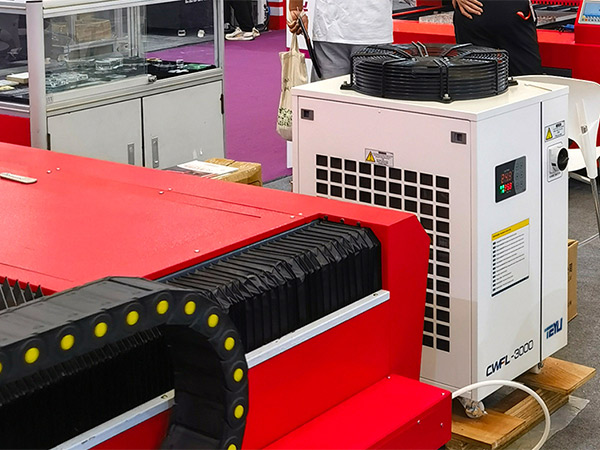CNC machining often faces issues like dimensional inaccuracy, tool wear, workpiece deformation, and poor surface quality, mostly caused by heat buildup. Using an industrial chiller helps control temperatures, reduce thermal deformation, extend tool life, and improve machining precision and surface finish.
Common CNC Machining Problems and How to Solve Them Effectively
CNC machining is a critical process in modern manufacturing, but it often faces several challenges that impact productivity and quality. Among the most common issues are dimensional inaccuracies, tool wear, workpiece deformation, and poor surface quality. These problems are closely related to thermal effects during machining and can significantly affect final product performance.
Common CNC Machining Problems
1. Dimensional Inaccuracy: Thermal deformation during machining is a major cause of dimensional deviations. As the temperature rises, key components such as the machine spindle, guideways, tools, and workpieces expand. For example, the spindle and rails may elongate due to heat, the tool may stretch from cutting heat, and uneven heating of the workpiece can cause localized distortion—all of which reduce machining precision.
2. Tool Wear: High cutting temperatures accelerate tool wear. As the tool heats up, its hardness decreases, making it more prone to wear. Additionally, increased friction between the tool and the workpiece under high temperatures shortens tool life and may lead to unexpected tool failure.
3. Workpiece Deformation: Thermal stress is a key factor in workpiece deformation. Uneven heating or overly rapid cooling during machining can induce internal stress, especially in thin-walled or large components. This results in warping and dimensional inaccuracy, compromising product quality.
4. Poor Surface Quality: Excessive heat during cutting can lead to surface defects such as burns, cracks, and oxidation. High cutting speeds or insufficient cooling further exacerbate these effects, leading to rough or damaged surfaces that may require additional post-processing.
Solution – Temperature Control with Industrial Chillers
Most of these machining problems stem from poor temperature control. Industrial water chillers offer an effective solution by maintaining stable thermal conditions throughout the machining process. Here's how they help:
Enhanced Dimensional Accuracy: Industrial chillers cool down key components of CNC machines, reducing thermal expansion and stabilizing precision.
Reduced Tool Wear: When integrated with the cutting fluid system, chillers help keep cutting fluid below 30°C, minimizing tool wear and prolonging tool life.
Prevention of Workpiece Deformation: By providing consistent and adjustable cooling to the workpiece, chillers reduce thermal stress and prevent warping or deformation.
Improved Surface Quality: Stable cooling lowers cutting zone temperatures, preventing heat-related surface defects and improving the overall finish quality.
Conclusion
Thermal control plays a vital role in maintaining CNC machining quality. By incorporating industrial chillers, manufacturers can minimize the risks associated with heat, improving dimensional accuracy, extending tool life, preventing deformation, and enhancing surface quality. For high-performance CNC machining, a reliable industrial chiller is an indispensable component of the temperature control system.

We're here for you when you need us.
Please complete the form to contact us, and we'll be happy to help you.










































































































